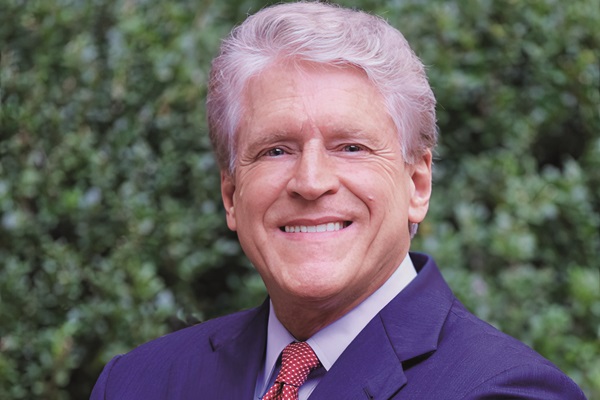Broadcasters and direct-to-consumer (DTC) services will continue to battle for sports rights that can anchor programming and fuel growth.
Sports organisations may feature ultra-wealthy owners, but they are not immune to budget pressures, especially from macroeconomic conditions. What’s more, the overall economic slowdown has led to a surge in borrowing costs. Ripples are felt throughout the sports and media sectors, impacting sponsors, suppliers and partners – the entire ecosystem.
In 2024, broadcasters and direct-to-consumer (DTC) services will continue to battle for sports rights that can anchor programming and fuel growth. DTC services already complement (and occasionally challenge) traditional TV providers in sports markets worldwide, and will become an even more critical part of the future media mix for many sports leagues. LIV Golf brought its upstart approach not just to the links but to distribution, pivoting to ubiquitous global streaming and linear tie-ups with aggressive networks looking to fuel their own growth.
The trend toward more media fragmentation, combined with the increasing involvement of institutional investors and sovereign wealth funds in sports, will fuel rising rights valuations, requiring rights holders to find ways to monetise both live and accompanying content fully while engaging viewers in new, compelling ways in 2024. 2024 will also see the acceleration of players becoming their own brands, with teams and leagues buoyed by big-name global stars such as Neymar, Karim Benzema and Riyad Mahrez, who recently followed Cristiano Ronaldo into the Saudi Pro League. We expect traditional leagues in all sports to find new ways beyond head-snapping salaries to tie talent to clubs and leagues and mutually leverage their star appeal.















































































